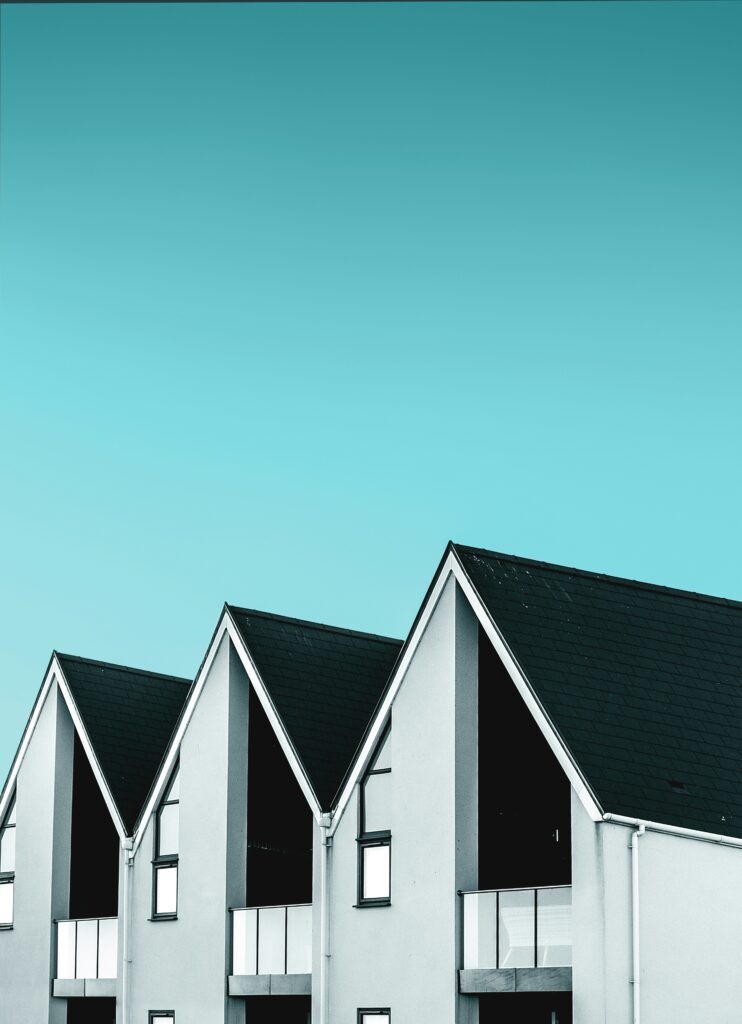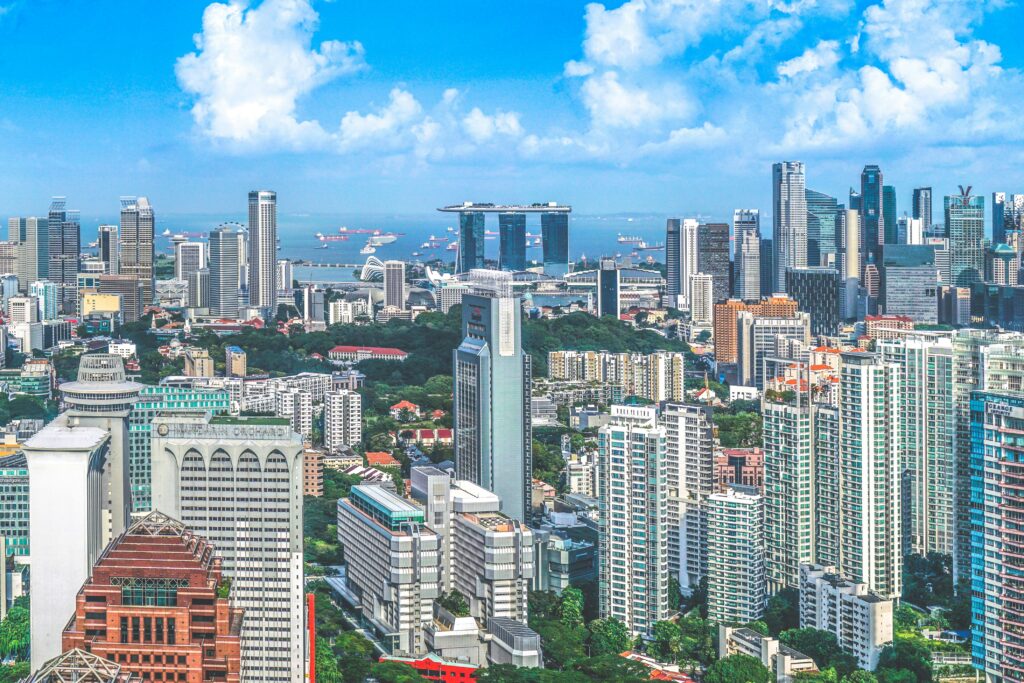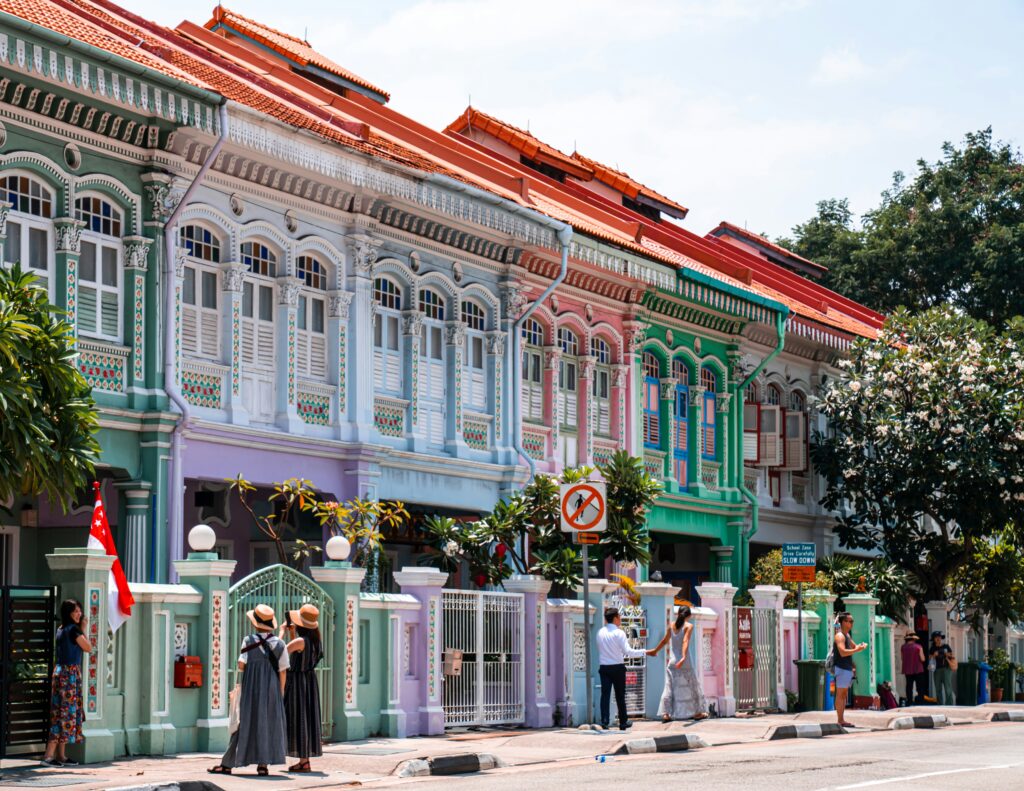
In Singapore, you can refer to Property Guru for house searching. https://www.propertyguru.com.sg/
Property ownership can be categorized into two main types: freehold and leasehold (typically 99 years). Here’s a description of each:
- Freehold Property Ownership:
- Freehold property ownership means that the owner has full and indefinite ownership rights over the property and the land it sits on.
- Owners of freehold properties have the right to use, sell, or pass down the property to their heirs without any time limit.
- Freehold properties are often considered more prestigious and desirable due to the perpetual ownership and potential for long-term appreciation.
- Examples of freehold properties in Singapore include certain landed properties such as bungalows, semi-detached houses, and terrace houses, as well as some older condominium developments.
- 99 Years Leasehold Property Ownership:
- Leasehold property ownership means that the owner holds the property on lease from the government for a specific period, typically 99 years.
- At the end of the lease period, ownership of the property reverts back to the state, unless the lease is extended.
- Leasehold properties are often more affordable compared to freehold properties, making them accessible to a wider range of buyers.
- Most public housing (HDB flats) in Singapore are leasehold, with lease durations typically ranging from 99 to 999 years.
- Many private condominium developments and some landed properties in Singapore are also leasehold, with lease durations of 99 years being the most common.
There are a couple of types of property in Singapore:
- Condominium
- Executive Condominium
- Cluster House
- Terrace House
- Semi-Detached House (Semi-D)
- Bungalow
- Good Class Bungalow
- Housing Development Board (HDB) Flats


Executive Condominiums (ECs) are a unique type of housing option in Singapore that combines elements of public and private housing. They are developed and sold by private developers but are subject to certain eligibility criteria and resale restrictions set by the government.
Executive Condominiums (ECs) are a unique type of housing option in Singapore that combines elements of public and private housing. They are developed and sold by private developers but are subject to certain eligibility criteria and resale restrictions set by the government. Here’s a description of Executive Condominiums in Singapore:
Development and Ownership: Executive Condominiums are typically developed by private developers through a public-private partnership arrangement with the government. Developers bid for land parcels from the Housing and Development Board (HDB) and are responsible for the design, construction, and sale of the EC projects.
Eligibility Criteria: To purchase an Executive Condominium unit, buyers must meet certain eligibility criteria, including citizenship requirements, family nucleus requirements, and income ceilings. Generally, at least one applicant must be a Singapore citizen, and there are income caps for both first-time and second-time EC buyers.
Initial Sale: During the initial sale launch of an Executive Condominium project, units are sold at a discounted rate compared to private condominiums. This is because EC buyers are eligible for various housing grants and subsidies provided by the government to encourage homeownership.
Resale Restrictions: Executive Condominium units are subject to resale restrictions imposed by the government to ensure that they remain affordable to eligible buyers. These restrictions include a Minimum Occupation Period (MOP) of five years, during which owners are not allowed to sell or rent out the unit to non-citizen/non-permanent resident buyers. After the MOP, EC units can be sold to Singapore citizens, permanent residents, or foreigners.
Facilities and Amenities: Executive Condominiums often come with a wide range of facilities and amenities, similar to private condominiums. These may include swimming pools, gyms, playgrounds, barbecue pits, function rooms, and landscaped gardens, providing residents with a high-quality living environment.

Cluster houses in Singapore are a unique type of residential property that offers a combination of landed and strata-titled living. They are essentially landed properties but with communal facilities and shared amenities similar to condominiums. Here’s a description of cluster houses in Singapore:
Landed Living with Facilities: Cluster houses provide residents with the privacy and space of landed living, as each unit is typically a two to three-story house with its own private outdoor area, such as a garden or patio. However, unlike traditional landed properties, cluster houses are part of a development with shared facilities such as swimming pools, gyms, playgrounds, and security services.
Strata-titled Ownership: Each cluster house unit is strata-titled, meaning that the property is divided into individual lots or units, and each owner holds a share in the common areas and facilities of the development. This arrangement allows for the shared management and maintenance of common areas and amenities, overseen by a management corporation formed by the residents.
Exclusive and Gated Communities: Cluster house developments are often gated and guarded, providing residents with a sense of security and exclusivity. Access to the development is typically controlled through security measures such as guardhouses, access cards, or intercom systems.
Variety of Unit Sizes and Designs: Cluster houses come in a variety of sizes and configurations, ranging from terraced units with shared walls to corner units with more privacy and larger outdoor spaces. They may feature different architectural styles and designs to cater to the preferences of different buyers.


A semi-detached house in Singapore is a type of residential property that shares one common wall with an adjacent house, while having its own separate land area and entrance. Also known as a “semi-D” or “half-duplex,” these houses are typically two to three-story homes with a shared party wall on one side, connecting them to a neighbouring unit.
Each house has its own individual entrance, outdoor space, and car porch, providing residents with a sense of ownership and autonomy.
Land Ownership: Each semi-detached house comes with its own individual land title, giving residents full ownership rights over their property and the land it sits on. This allows for greater control over landscaping, gardening, and outdoor activities.

In Singapore, a bungalow is a type of luxurious residential property characterized by its spaciousness, exclusivity, and prestigious status.
Bungalows are typically standalone, single-story or multi-story houses with expansive floor plans and large land plots. They often feature spacious living areas, multiple bedrooms and bathrooms, as well as facilities such as swimming pools, gardens, and outdoor entertainment areas.
Landed Living: Bungalows offer the ultimate in landed living, providing residents with maximum privacy, space, and freedom. Unlike condominiums or apartments, which share common facilities and walls with other units, bungalows are standalone properties with no adjoining neighbors, offering a sense of exclusivity and tranquility.
Luxurious Amenities: Bungalows in Singapore are often equipped with luxurious amenities and features to cater to the discerning tastes of their residents. These may include private swimming pools, jacuzzis, home theaters, wine cellars, landscaped gardens, and even tennis courts or private gyms.

Good Class Bungalows (GCBs) are the epitome 最高峰 of luxury and exclusivity in Singapore’s residential property market.
Size and Space: Good Class Bungalows are the largest and most prestigious type of landed residential properties in Singapore. They are characterized by their expansive land area, typically ranging from 1,400 square meters (15,000 square feet) to several acres, providing residents with ample space and privacy.
Restricted Ownership: The Singapore government imposes strict eligibility criteria and zoning regulations for Good Class Bungalows to preserve their exclusivity and maintain the integrity of these prestigious neighborhoods. Only Singapore citizens and permanent residents are eligible to purchase GCBs, and there are specific guidelines governing the development and renovation of GCB estates.

The Housing Development Board (HDB) is the government body responsible for providing affordable public housing to the majority of Singaporeans.
HDB flats are found in housing estates across the island and come in various sizes and designs, catering to different family sizes and budgets.
These flats are typically equipped with basic amenities such as schools, markets, and recreational facilities within the estate.
Measures such as the Ethnic Integration Policy (EIP) and the Singapore Permanent Resident (SPR) quota aim to promote racial integration and maintain a balance of ethnic groups in residential estates.
The government also implements measures to stabilize property prices and prevent speculation, such as the Additional Buyer’s Stamp Duty (ABSD) and Total Debt Servicing Ratio (TDSR) framework.
The Ethnic Integration Policy (EIP) is a government initiative implemented in Singapore to promote racial harmony and prevent the formation of ethnic enclaves within public housing estates. Introduced by the Housing and Development Board (HDB) in 1989, the EIP aims to ensure a balanced ethnic mix in residential neighborhoods, fostering integration and social cohesion among Singapore’s diverse population.
Ethnic Quotas: The EIP imposes quotas on the ethnic composition of HDB flats in each housing estate. These quotas specify the maximum proportion of units that can be occupied by individuals belonging to each of the three main ethnic groups in Singapore: Chinese, Malay, and Indian/Others.
Block and Neighborhood Levels: The ethnic quotas are enforced at both the block level (individual HDB buildings) and the neighborhood level (clusters of HDB blocks within an estate). This ensures that a diverse mix of ethnicities is maintained not only within each building but also across entire housing estates.
Categories of Buyers: The ABSD applies to specific categories of property buyers, including:
Foreigners: Individuals who are not Singapore citizens or permanent residents.
Entities: Companies, partnerships, or trusts that are not wholly owned by Singapore citizens or permanent residents.
Singapore Permanent Residents (SPRs) purchasing their second or subsequent residential property.
Singapore citizens purchasing their third or subsequent residential property.
Rates: The ABSD rates vary depending on the buyer’s profile and the type of property being purchased. The rates are typically higher for non-citizens and entities compared to Singapore citizens and permanent residents. The rates may also differ for residential properties, commercial properties, and industrial properties.
Residential Property Market Measures: The ABSD is part of a broader set of property market cooling measures introduced by the Singapore government to curb speculation, prevent property bubbles, and promote housing affordability. Other measures include loan-to-value limits, seller’s stamp duty, and the Total Debt Servicing Ratio (TDSR) framework.

Shophouses 保留屋 are a unique type of property that reflects Singapore’s rich architectural heritage and cultural diversity. They are sought after by investors and property buyers due to their potential for capital appreciation and rental income. Prime shophouse locations in heritage districts or commercial hubs command premium prices, making them attractive investments for those looking to own a piece of Singapore’s history.
Historical Significance: Shophouses are iconic buildings that have played a significant role in Singapore’s urban development and history. They originated in the late 19th century and early 20th century and were built by immigrants from various ethnic communities, including Chinese 華人, Malay 馬來人, Indian 印度人, and Peranakan 娘惹.
Architectural Design: Shophouses are characterized by their distinctive architectural features, including narrow frontages, elongated layouts, and ornate facades with intricate detailing. They typically have multiple stories, with commercial spaces on the ground floor and residential quarters on the upper floors.
Conservation and Preservation: Many shophouses in Singapore have been conserved and preserved by the government to protect their historical and architectural significance. Conservation efforts aim to maintain the unique character and charm of these buildings while adapting them for modern use and amenities.